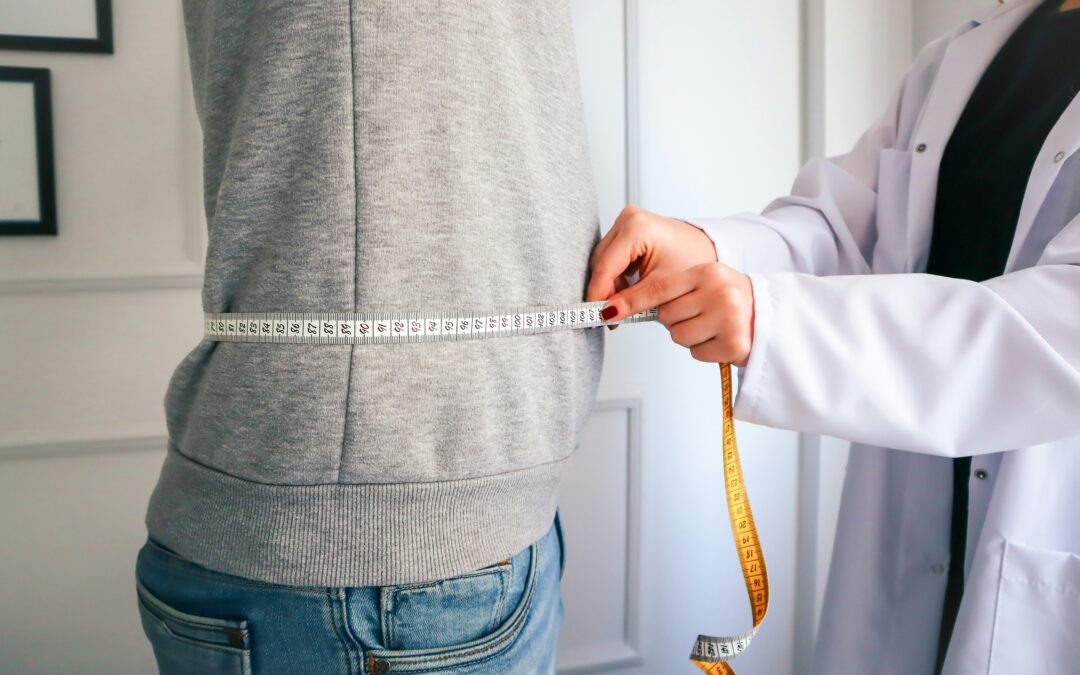Weight Loss Injections: Practical Tips for Use
In recent years, weight loss injections have gained significant popularity as an effective tool for managing obesity and promoting sustainable weight loss. Medications like semaglutide (Wegovy, Ozempic), liraglutide (Saxenda), and tirzepatide (Mounjaro) have revolutionized the way individuals approach weight management by offering a medical solution to support dietary and lifestyle changes.
However, these treatments are not magic bullets. They work best when combined with healthy habits, and they require careful administration to maximize their benefits and minimize side effects. In this comprehensive guide, we’ll cover practical tips for using weight loss injections effectively, ensuring that you get the most out of your treatment while prioritizing safety and long-term success.
Understanding Weight Loss Injections
Weight loss injections generally fall into the category of GLP-1 receptor agonists (glucagon-like peptide-1 receptor agonists), which work by mimicking the natural hormones that regulate appetite and blood sugar levels. These medications help reduce hunger, increase satiety, and promote gradual, steady weight loss.
How Do Weight Loss Injections Work?
Most of these medications operate by:
- Slowing gastric emptying, which makes you feel fuller for longer.
- Reducing appetite, leading to lower calorie consumption.
- Regulating blood sugar levels, helping prevent insulin spikes that contribute to fat storage.
- Improving metabolic function, leading to more efficient fat burning.
Understanding the science behind these medications can help set realistic expectations and improve adherence to treatment.
Practical Tips for Using Weight Loss Injections
-
Follow Prescribed Dosages and Instructions
Every weight loss injection has specific guidelines regarding dosage and frequency. Some medications require daily injections (like Saxenda), while others are administered weekly (like Wegovy or Ozempic). Your healthcare provider will determine the appropriate dosage based on factors such as your weight, medical history, and response to treatment.
- Do not increase the dosage on your own—this can lead to severe side effects like nausea, vomiting, and dizziness.
- Do not skip doses—consistency is key to achieving optimal results.
- Administer at the same time each day or week to maintain steady levels in your system.
-
Use Proper Injection Techniques
Correct administration ensures that the medication is absorbed properly and minimizes discomfort.
- Injection Site: Most weight loss injections are subcutaneous (under the skin) and should be administered in areas like the stomach, thighs, or upper arms.
- Rotation: Rotate injection sites to prevent skin irritation or lumps.
- Clean Area: Always disinfect the injection site with alcohol wipes to reduce infection risk.
- Needle Disposal: Use a proper sharps container to dispose of needles safely.
-
Manage Side Effects Effectively
Like any medication, weight loss injections can cause side effects, particularly when first starting treatment. Common side effects include:
- Nausea
- Diarrhea or constipation
- Stomach pain
- Fatigue
- Headaches
To manage side effects:
- Eat small, frequent meals to prevent nausea.
- Avoid greasy or highly processed foods, which can worsen gastrointestinal issues.
- Stay hydrated by drinking plenty of water throughout the day.
- Gradually increase fiber intake to ease digestive discomfort.
If side effects persist or become severe, consult your healthcare provider immediately.
-
Pair Injections with a Balanced Diet
While weight loss injections reduce appetite, they work best when combined with healthy eating habits.
- Focus on lean proteins, healthy fats, and fiber-rich vegetables to maintain satiety.
- Reduce consumption of highly processed foods, sugary drinks, and excessive carbohydrates.
- Prioritize hydration, as dehydration can worsen side effects like nausea and fatigue.
- Monitor portion sizes and listen to your body’s hunger cues to prevent overeating.
-
Incorporate Regular Physical Activity
Exercise enhances the effectiveness of weight loss injections by improving metabolism and promoting muscle retention.
- Start with low-impact activities like walking, swimming, or yoga if you’re new to exercise.
- Gradually increase intensity by incorporating strength training and cardio workouts.
- Aim for at least 150 minutes of moderate activity per week, as recommended by health guidelines.
- Find activities you enjoy to ensure consistency.
-
Monitor Progress and Adjust as Needed
Tracking your progress helps you stay motivated and allows your healthcare provider to make necessary adjustments.
- Keep a food and exercise journal to track habits and identify patterns.
- Weigh yourself weekly, but don’t focus solely on the scale—take note of non-scale victories like increased energy levels or better-fitting clothes.
- Take progress photos to visually track changes over time.
- Consult your doctor regularly to discuss your progress and make necessary dosage or lifestyle modifications.
-
Be Patient and Stay Consistent
Weight loss injections do not produce overnight results. Most individuals start noticing weight loss after a few weeks to months of consistent use.
- Set realistic goals, aiming for 1-2 pounds of weight loss per week.
- Understand that plateaus are normal, and adjustments may be needed.
- Stay committed to long-term lifestyle changes, as stopping medication without maintaining healthy habits can lead to weight regain.
-
Work Closely with Your Healthcare Provider
A medical professional should always guide weight loss treatment. Regular check-ups help assess progress, address concerns, and adjust treatment as needed.
- Report any severe side effects immediately.
- Discuss any concerns about medication tolerance or effectiveness.
- Ask about complementary therapies that may enhance results, such as behavioral counseling or nutritional guidance.
Common Myths and Misconceptions About Weight Loss Injections
Myth 1: “Weight loss injections replace diet and exercise.”
Reality: While they help control appetite, lifestyle changes are necessary for sustainable results.
Myth 2: “You can stop injections once you lose weight.”
Reality: Many individuals need long-term maintenance to prevent regaining lost weight.
Myth 3: “Anyone can use weight loss injections.”
Reality: These medications are prescription-only and are not suitable for individuals with certain medical conditions or histories.
Myth 4: “You will lose weight instantly.”
Reality: Weight loss is gradual and requires patience, adherence to treatment, and lifestyle modifications.
Conclusion: Take the Next Step Toward a Healthier You
Weight loss injections can be an effective tool for managing obesity and improving overall health. However, their success depends on proper use, adherence to lifestyle changes, and medical supervision. By following the practical tips outlined in this guide, you can optimize your results and build sustainable, healthy habits for long-term weight management.
If you’re considering weight loss injections or need personalized medical support, contact Cheval Wellness today. Their expert team can guide you through your weight loss journey with tailored solutions that align with your health goals. Take the first step toward a healthier, happier you!


